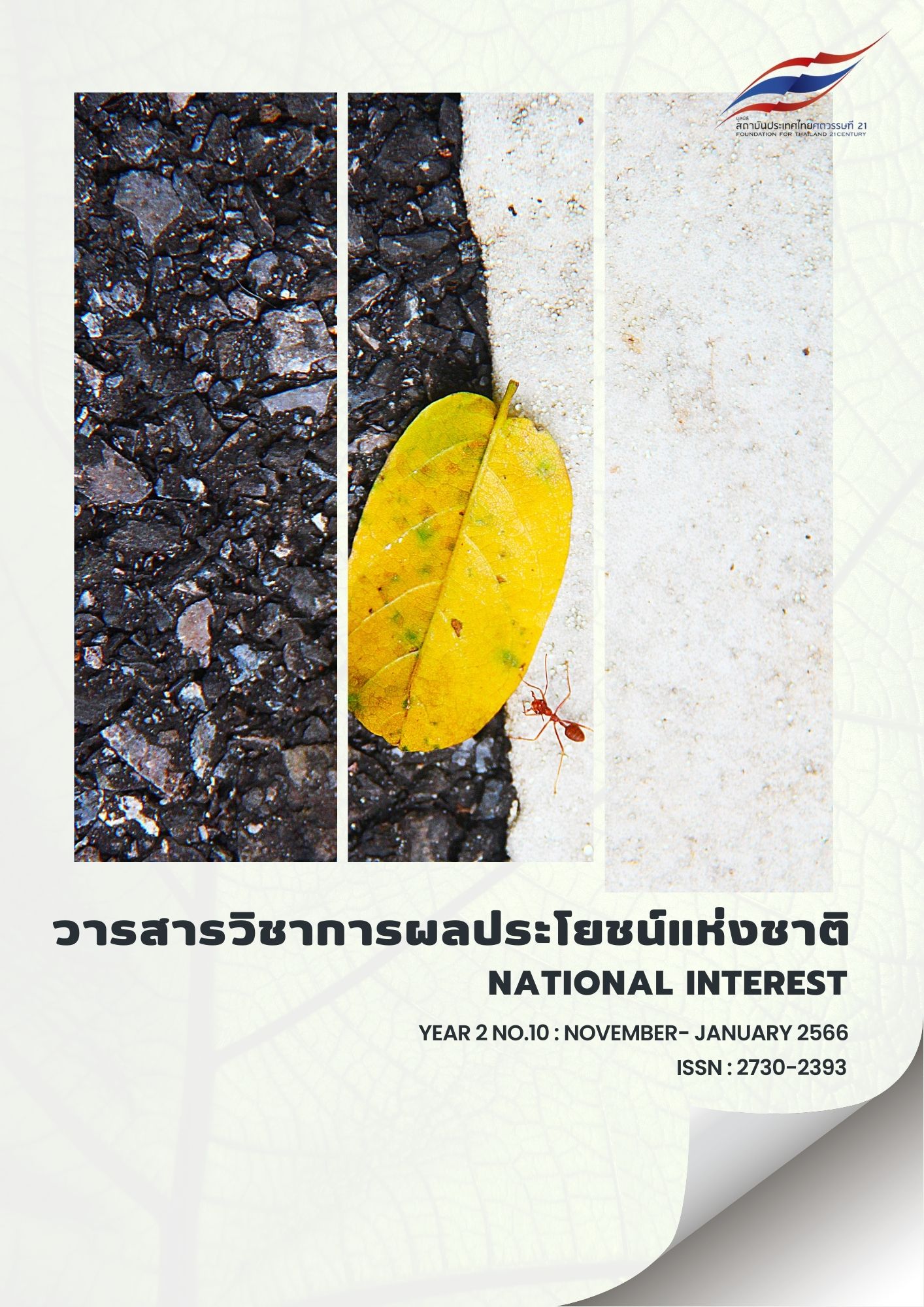Factors determining the states' level of strategic activity
Main Article Content
Abstract
This article is focused on the behaviours of states and what are the driving influences behind their actions. Analysing the concept of a power idea dichotomy in shaping a global agenda that forces strategic behaviours to rise above constructivism, liberalism, and realism models of international relations. It uses China as the perfect backdrop from which to shape this argument around a new global order that is fast evolving with the ever present threat of cold-war resurrection.
Article Details

This work is licensed under a Creative Commons Attribution-NonCommercial-NoDerivatives 4.0 International License.
National Interest Academic Journal under Creative Commons Attribution-NonCommercial-NoDerivatives 4.0 International License The journal allows access or distribution of academic work without charge or registration. To support the exchange of knowledge Scope covers academic work in geopolitics. Geoeconomics and Innovation
Users can share, copy and distribute all information published in National Interest Academic Journal in any form or medium subject to the following conditions:
Citation — Permission to use, reproduce, distribute, or modify the work. But credit must be given to the owner of the work. If the work is used without credit, the name of the owner of the work will be Must obtain permission from the owner of the work first.
Noncommercial — The work may be used, reproduced, distributed, or modified. However, the work or article may not be used for commercial purposes.
Cannot be modified — The work may be used, reproduced, and distributed. But do not modify the work. unless permission is received from the owner of the work first
References
Horton, Chris. (2019, August 26). China’s playbook in Hong Kong is also working in the Asia Pacific.
The Atlantic.https://www.theatlantic.com/international/archive/2019/08/china-uses-its-regional-playbook-hong-kong/596797/
Ivison, Duncan (2002). Postcolonial liberalism. Cambridge: Cambridge University Press.
Lantis, Jeffrey S. (2014). Strategic cultures and security policies in the Asia-Pacific. Contemporary Security Policy, 35 (2), 166-186. https://www.tandfonline.com/doi/full/10.1080/13523260.2014.927676
Li, Rex. (2008). A rising China and security in East Asia: Identity construction and security discourse. London: Routledge.
Mearsheimer, John J. (2007). Structural realism. International relations theories: Discipline and diversity. 83. https://www.commackschools.org/Downloads/8_mearsheimer-_ structural_realism.pdf
Nabarun, Roy. (2013). Review: Chinese and Indian strategic behavior: growing power and alarm by George J. Gilboy, Eric Heginbotham. International Affairs (Royal Institute of International Affairs), 89 (2), 546-548. https://www.jstor.org/stable/pdf/23473579.pdf
Noguchi, Kazuhiko. (2011). Bringing Realism Back In: Explaining China's Strategic Behavior in the Asia-Pacific. Asia-Pacific Review, 18 (2), 60-85.
Shiping, Tang. (2015). From Offensive Realism to Defensive Realism: A Social Evolutionary Interpretation of China’s Security Strategy. China’s Ascent. Ithaca: Cornell University Press. https://doi.org/10.7591/9780801456992-009
Sloan, Eleanor. (2010). China’s Strategic Behaviour. Canadian Devence & Foreign Affairs Institute.
Snyder, Glenn H. (2002). Mearsheimer’s World – Offensive Realism and the Struggle for Security: A Review Essay. International Security, 27 (1), 149-173.
Toft, Peter. (2005). John J. Mearsheimer: an offensive realist between geopolitics and power. Journal of International Relations and Development, 8 (4), 381-408.


